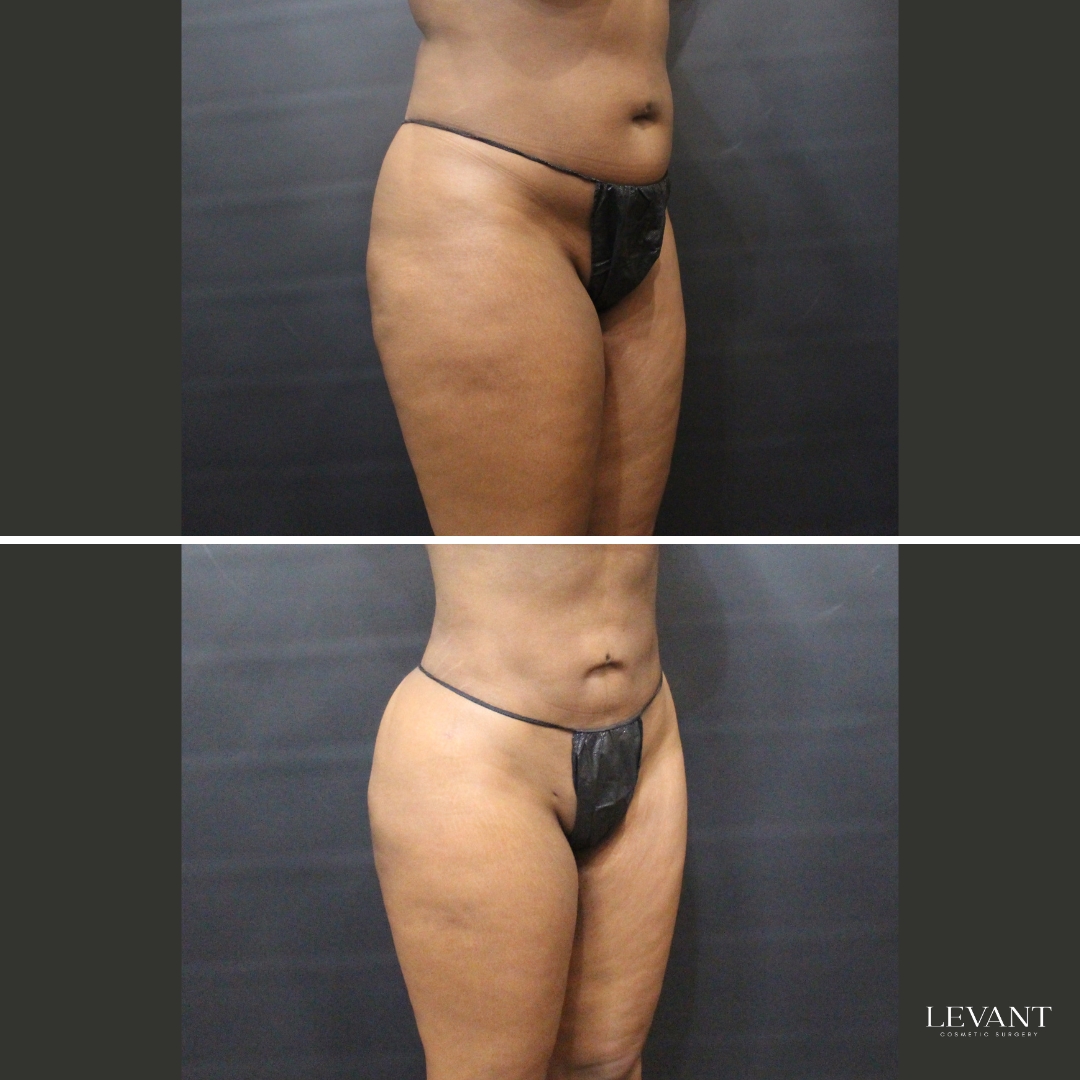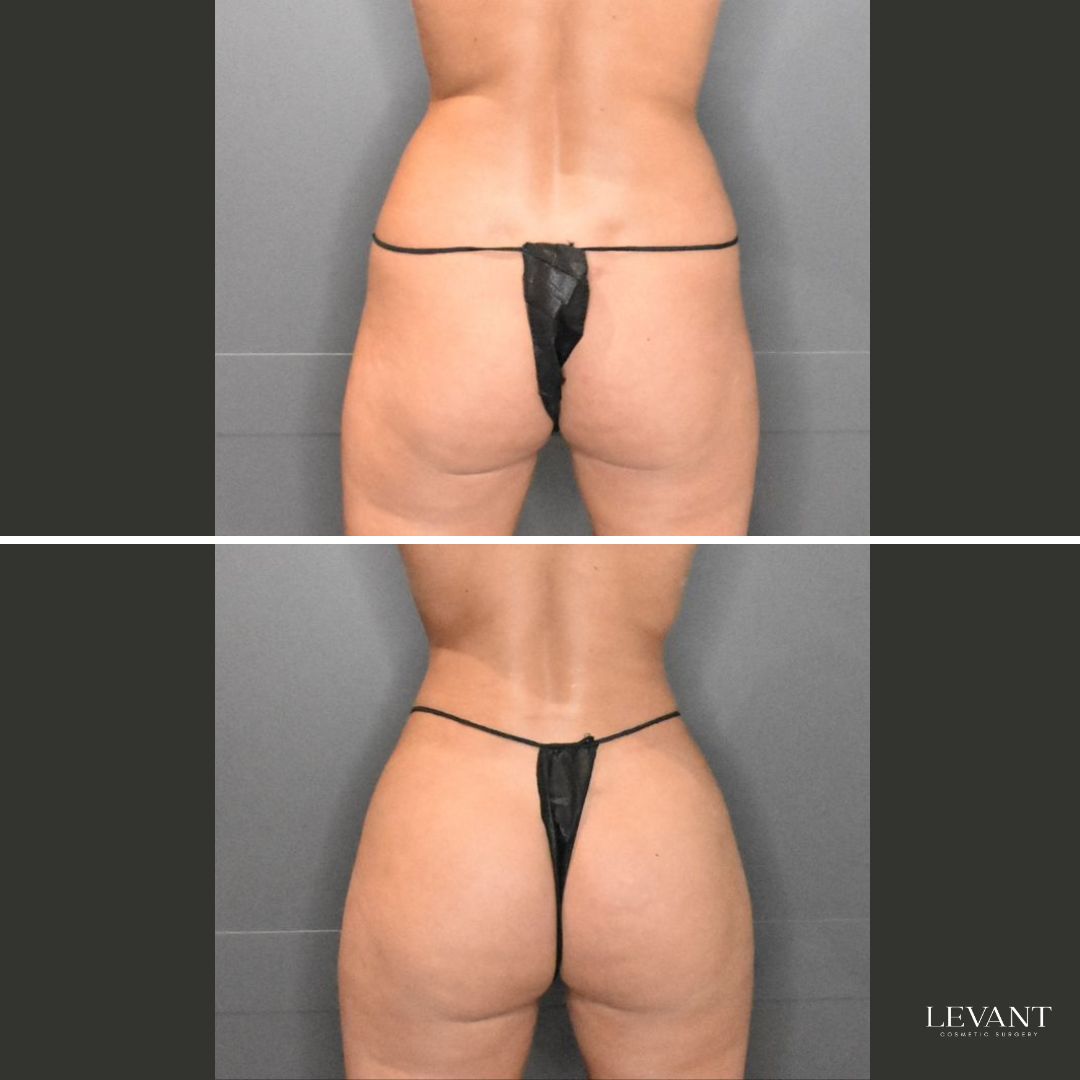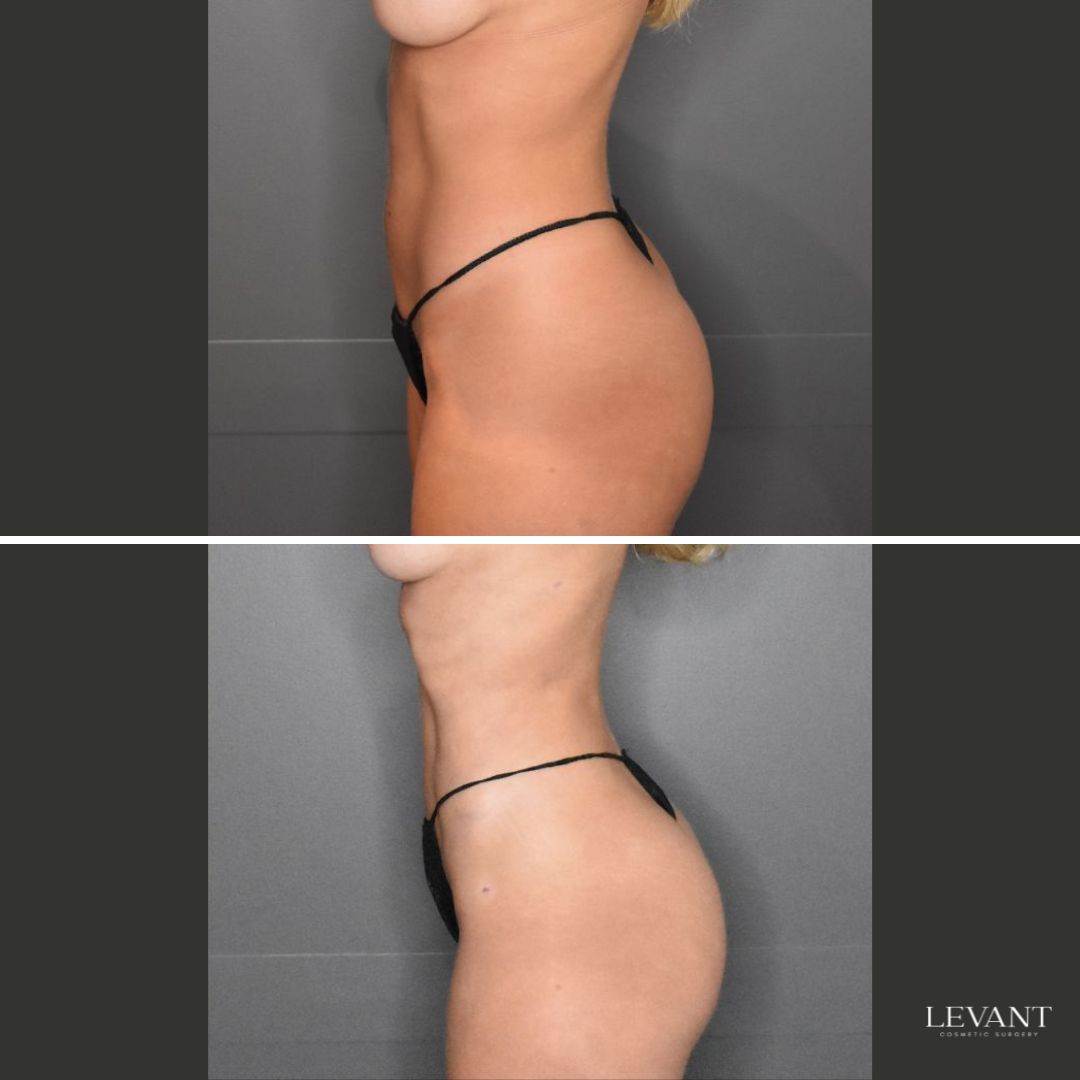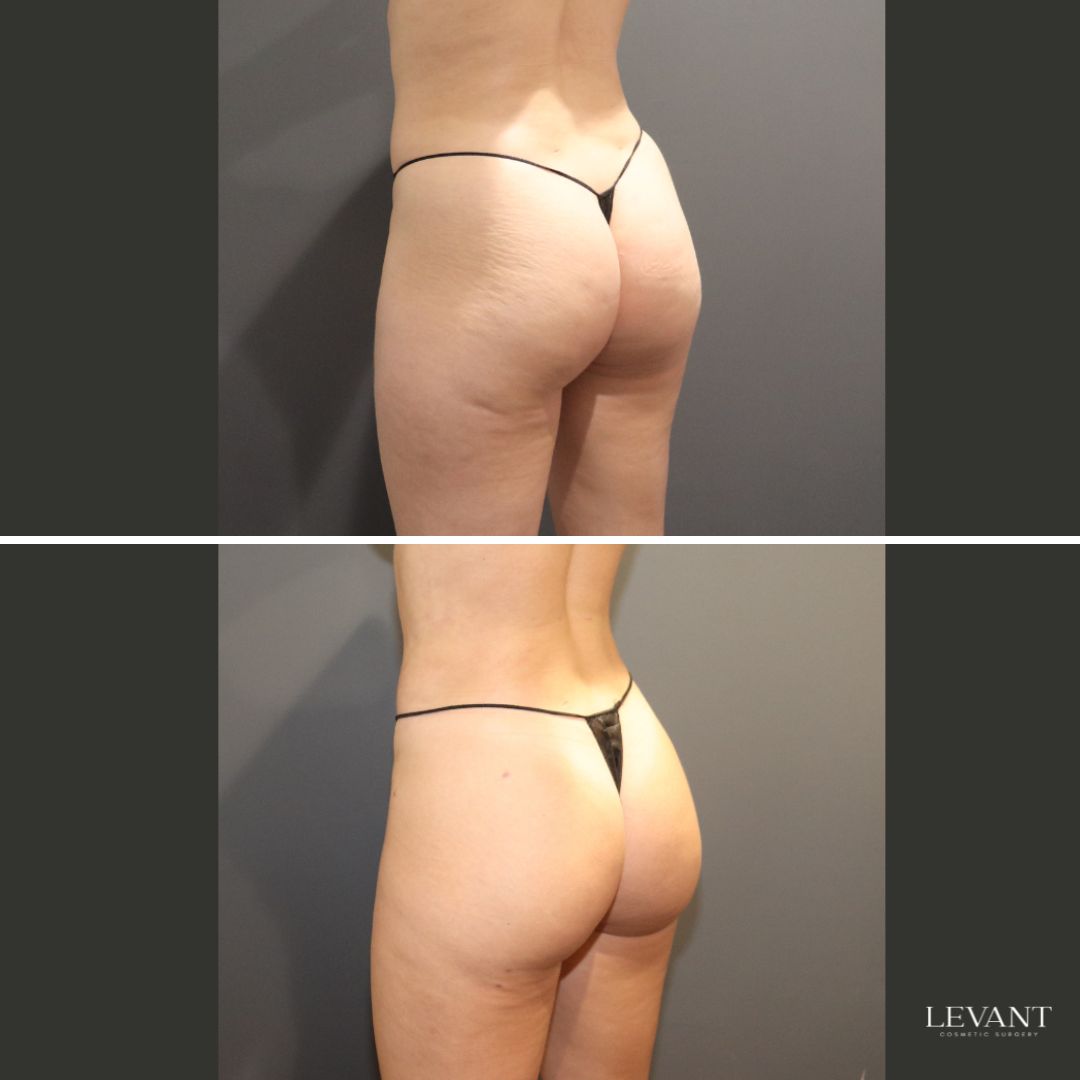Consultation
At your initial consultation, you will meet with a registered medical practitioner. During this appointment, your medical history, current health, and treatment objectives will be reviewed.
The doctor will assess whether this procedure may be appropriate for you and will explain what the procedure involves, including possible risks, side effects, and limitations. This is also an opportunity for you to ask questions and discuss any concerns.
Pre-Op
Before the procedure, your doctor may recommend medical tests or evaluations to check your general health.
You will be given pre-operative instructions, which may include guidance on fasting, medication use, clothing, and other practical preparations for the day of surgery. It is important to follow these directions carefully, as they are designed to support your care and recovery.
The Procedure
On the day of surgery, your doctor will discuss and administer the type of anaesthesia or sedation considered appropriate for you.
The procedure uses ultrasound-assisted technology as part of the technique. Small incisions are made, and a probe is inserted to assist in breaking down fat tissue before it is suctioned out through a cannula. This fat is then prepared and transferred to your buttocks.
The length of the procedure varies. Factors such as the number and size of areas being treated and individual circumstances all influence the time required.
Aftercare & Recovery
Getting Home
You will be required to be collected by a responsible adult to stay with you for the remainder of the day and overnight. Even if you feel normal, your reaction time will be slower after receiving sedation medication.
Aftercare
- After your procedure, you’ll receive comprehensive post-operative instructions for a smooth transition home.
- We provide a 24/7 contact number for any post-surgery questions.
- Your post-surgery care will be overseen by your doctor.
Recovery Timeline
Immediate Post-Procedure
You’ll be released into the care of a responsible adult family member or friend.
An overnight hospital stay is typically not required.
Once home, you must rest and take it easy.
First Two Weeks
Some soreness or tenderness is common after surgery. Your doctor can discuss options for pain relief if needed.
Compression garments are typically recommended after the procedure. You will be advised on how long these should be worn.
When normal activities can safely resume varies between individuals. Some people may feel comfortable driving again after a few days, but this depends on personal recovery.
Follow-up appointments are scheduled with your care team to monitor progress.
Return to work and exercise also vary. In some cases, people may be able to return to work after about a week, while more strenuous activity, including exercise, is often delayed for several weeks. Your doctor will provide guidance that is specific to your situation.
Two Weeks & Beyond
Follow-up appointments are arranged as needed to monitor your recovery.
Compression garments are usually recommended after surgery, and your practitioner will advise how long to wear them.
A review with your doctor is often scheduled around 6 to 8 weeks after the procedure.
Recovery times vary between individuals. Some people may feel largely recovered after several weeks, while visible changes can continue to settle over several months. Your doctor will discuss what may be expected in your circumstances.





